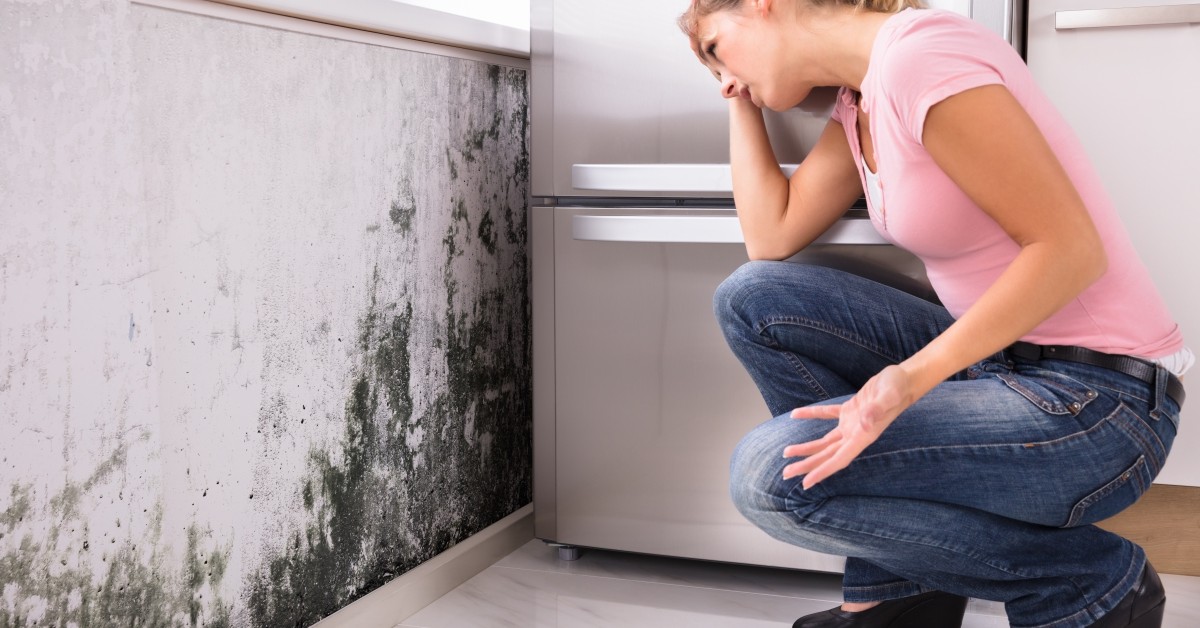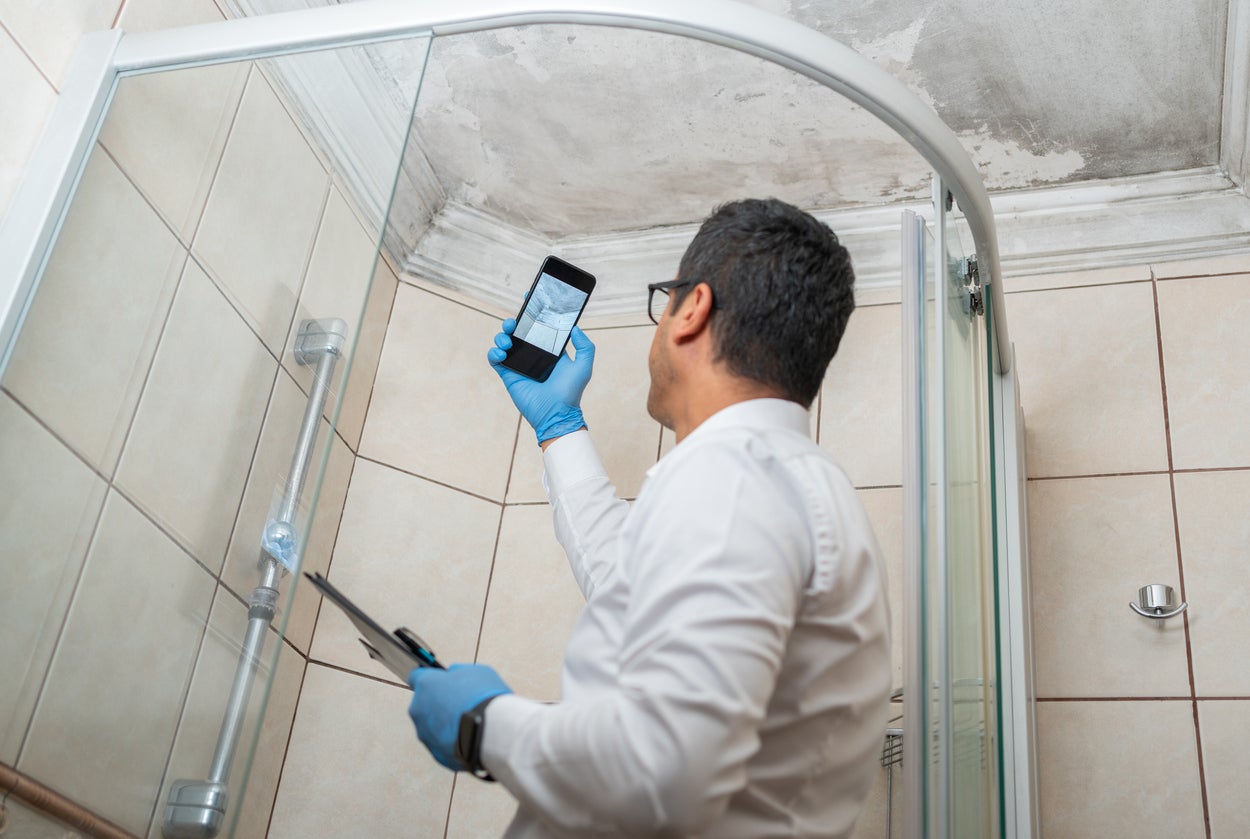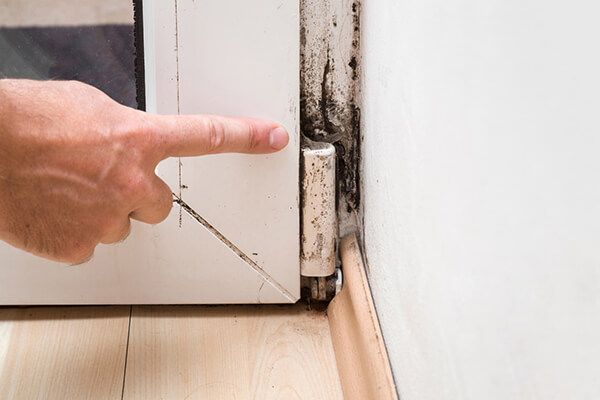After Mold Remediation Approaches for Clean Areas
After Mold Remediation Approaches for Clean Areas
Blog Article
Your Ultimate Guide to Message Mold Remediation Strategies
Browsing the world of post-mold remediation methods is a careful process that requires interest to detail and a comprehensive understanding of the intricacies involved. In the aftermath of mold and mildew problem, understanding exactly how to successfully remove the mold and mildew and avoid its reoccurrence is critical for maintaining a healthy indoor atmosphere. From picking the best cleansing and decontaminating approaches to applying methods for long-term mold prevention, each step in the removal journey plays a vital duty in making sure an effective outcome. As we start this expedition of post-mold remediation techniques, we will discover the crucial techniques and best practices that can help you recover your space to its pre-mold problem and protect it against future mold dangers.
Comprehending Post-Mold Removal Process
After finishing the mold and mildew removal process, it is crucial to understand the post-mold remediation methods that are necessary to make certain a extensive and effective clean-up. When the mold has actually been removed, the next action involves cleaning and disinfecting the influenced areas to avoid any regrowth of mold. This consists of making use of specialized cleaning up representatives to wipe down surface areas and eliminate any kind of remaining mold and mildew spores. It is vital to dry out the area completely to inhibit the growth of mold and mildew in the future (Post Remediation verification). Correct ventilation and dehumidification can help in this procedure.
Furthermore, conducting a final inspection post-remediation is important to ensure that all mold and mildew has actually been successfully eradicated. This assessment should entail a detailed aesthetic check along with possibly air tasting to validate the absence of mold spores airborne. If the examination discloses any type of sticking around mold and mildew, additional removal might be required. Last but not least, enlightening residents on safety nets such as regulating wetness degrees and quickly attending to any type of water leakages can aid maintain a mold-free environment.
Reliable Cleaning and Sanitizing Approaches

Protecting Against Future Mold And Mildew Development

Importance of Appropriate Ventilation
Correct ventilation plays a crucial role in protecting against moisture build-up, an essential factor in mold and mildew development within indoor atmospheres. Effective air flow systems aid get rid of excess moisture from the air, lowering the possibilities of mold spores discovering the dampness they require to spread and sprout. Without ample ventilation, interior spaces can become a breeding place for mold and mildew, bring about prospective health risks and structural damages.
By making sure proper air circulation, air flow systems can also assist in drying out damp locations quicker after water damage or flooding events, even more discouraging mold development. what to do after mold remediation. In rooms like washrooms, cellars, kitchens, and attic rooms where moisture levels tend to be higher, installing and keeping reliable ventilation systems is vital in preventing mold invasions

Monitoring and Maintenance Tips
Offered the critical role that correct air flow plays in preventing mold growth, it is vital to develop reliable tracking and upkeep suggestions to guarantee the ongoing functionality of ventilation systems. Routine evaluations of ventilation systems must be carried out to look for any type of signs of blockages, leaks, or breakdowns that might hinder appropriate air movement. Tracking moisture levels within the home is additionally crucial, as high moisture can add to mold development. Setting up a hygrometer can aid track humidity degrees and alert home owners to any spikes that might need attention. Furthermore, guaranteeing that air filters are frequently cleaned or changed is crucial for preserving the effectiveness of the air flow system. Carrying out a timetable for routine upkeep jobs, such as air duct cleansing and cooling and heating system inspections, can assist prevent issues before they escalate. By remaining proactive and mindful to the condition of air flow systems, building owners can efficiently reduce the danger of mold regrowth and maintain a healthy indoor atmosphere.
Verdict
In final thought, post-mold removal strategies are necessary for ensuring a secure and tidy atmosphere. Comprehending the process, implementing reliable cleaning and sanitizing methods, avoiding future mold and mildew growth, preserving proper ventilation, and regular monitoring are all important action in the removal procedure. By adhering to these guidelines, you can effectively eliminate mold and mildew and avoid its return, working or promoting a healthy and balanced living area for all passengers.
In the results of mold and mildew infestation, understanding just how to successfully get rid of the mold and mildew and prevent its reoccurrence is extremely important for keeping a healthy interior environment. As soon as the mold and mildew has been removed, the following action involves cleansing and disinfecting the influenced areas to avoid any type of regrowth of mold - testing air quality after mold remediation. After getting rid of noticeable mold and mildew growth, it is Read Full Report vital to clean up all surfaces in the affected location to remove any kind of staying mold and mildew spores. To additionally enhance mold avoidance actions, it is necessary to attend to underlying issues that initially led to mold development.Provided the essential role that proper air flow plays in protecting against mold development, it is vital to establish reliable tracking and use this link upkeep suggestions to ensure the continued performance of ventilation systems
Report this page